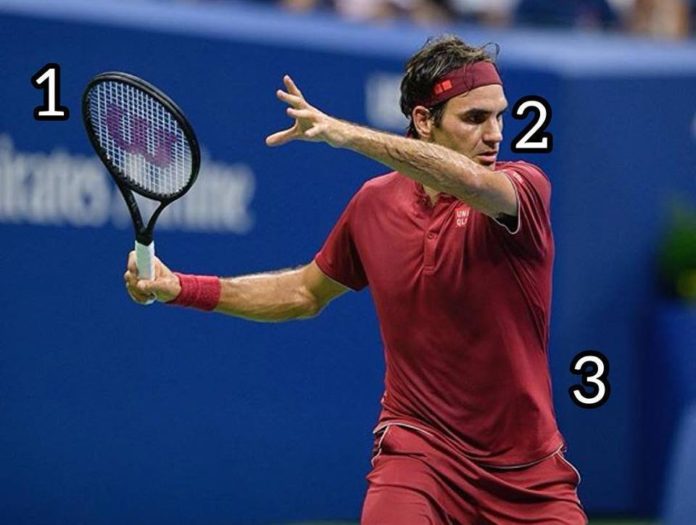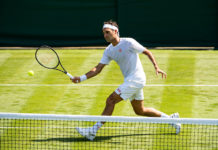Tennis Forehand – Next Gen vs Modern vs Classic
Which tennis forehand is the best?
The classic tennis forehand, used by players such as John McEnroe, Rod Laver and many of the other greats of the 1900s, allowed players with wooden rackets to control the ball.
It helped them direct their forehands into specific zones on the court and also allowed them to deal with lower bounces (mainly grass courts or faster surfaces) but is now outdated for the modern game.
The modern tennis forehand replaced the classic, with players like Roger Federer and Rafa Nadal using it with great advantages in the modern game.
The bounces tend to be higher and the need for good levels of topspin is crucial to being a solid and consistent tennis player.
Now though, we have another wave of tennis players who are using the Next Generation style forehand.
This is more extreme but allows the players to generate massive whip when hitting their shots. Jack Sock, Nick Kyrgios and Dominic Thiem are a few of the current players who use this type of forehand.
So what are the major differences between all three?
Classic Tennis Forehand
This style of the forehand is often hit with either an eastern forehand grip or a continental grip (the same grip we serve with) and the racket path is much more linear, out towards the target with the arm extending fully and then finishing over the non-hitting shoulder. This low to high swing path allows the player to generate some levels of topspin but it’s always going to be restricted due to the grip and the swing path.
The common stance used with this forehand is the neutral or even closed stance.
Modern Tennis Forehand
This style of the forehand is hit with mainly the eastern or semi-western forehand grip, these grips allow for more of a windshield wiper motion just after contact which allows for more topspin to be created.
The semi-western allows the player to really rip up the back of the ball and close the racket over the contact zone which allows them to be aggressive on high balls, something that was always a problem with the classic tennis forehand.
The common stances used with this tennis forehand include the open or semi-open stance.
Next Generation Tennis Forehand
This style of the forehand is hit with mainly the western forehand grip or an extreme semi-western. This allows the players to really generate massive amounts of topspin in an aggressive manner.
Due to the extreme swing path, which is often high to medium or high to low swing, this grip allows the player to still generate topspin.
The swing tends to start with the elbow leading and the tip of the racket pointing down the court, which allows for a huge amount of space for the player to accelerate the racket during the swing.
The common stances used with this tennis forehand are the semi-open or open stance.























